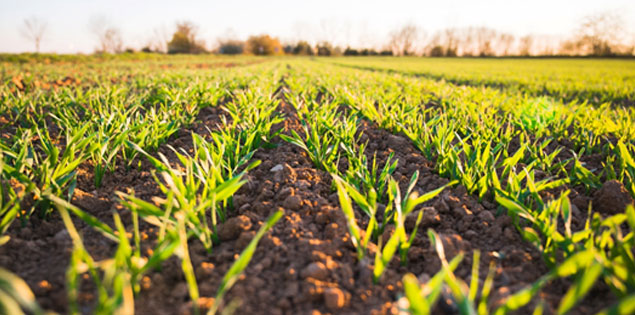Unsustainable farming practices and agricultural intensification have led to the depletion of soil organic carbon (SOC), a “key source and store of plant nutrients”. SOC also serves as an indicator of soil health and has an effect on the soil-food web and soil fertility. Therefore, a decrease in its content in agricultural soil is bound to have an impact on agricultural productivity, which stands in the way of achieving overarching developmental and climate goals.
The situation is particularly concerning for developing countries like India, which depend majorly on domestic food production to meet their demands. The 2019-20 Soil Health Survey states that around 44% of the soil in India is deficient in organic carbon. With large swathes of land already degraded, decline in carbon content in soil threatens environmental, social and economic aspects. For example, the g20 Climate Risk Atlas predicts economic losses to the tune of US $92.13 billion due to declines in wheat and rice yields by mid-century. However, despite such overarching concerns, Indian farmlands remain largely barren to sustainable agriculture practices with only around 4% of all Indian farmers adopting a select few sustainable agriculture practices. This necessitates action for transition, especially since 58% of the population relies is dependent on agriculture for their livelihoods.
While public sources of finance have been the major source of funding for sustainable
agriculture projects, they may not be adequate given the scale and scope of transition. As a result, alternative financing models that bring in private capital with appropriate risk sharing–risk mitigation measures have come up. For example, blended financing models can help mobilise capital towards sustainable agriculture by building investor confidence in innovative approaches for investments. Other innovative instruments include green bonds, social bonds, green loans and suchlike, which offer investors support to invest in green or positive-impact sectors. For instance, sustainability-linked loans (SLLs) incentivize achievement of green objectives by linking the interest rate of the loan to key performance indicators, such as reduction in carbon emissions. These instruments have been successfully employed for the agriculture sector as well. For example, a consortium of 20 banks provided Chinese commodities trader Cofco International with a US $2.3 billion SLL. Financial incentives were linked to the sustainable sourcing of crops, specifically soybeans from Brazil. In 2021, the commodities trader was again approved for US $700 million SLL for three-year term. The company’s performance against the targets will be monitored by Sustainalytics in both cases. In essence, creating innovative incentive structures that align finance with long-term sustainability goals pave way for uptake of sustainable finance, even in conventional sectors like agriculture.
Apart from these instruments, an emerging opportunity lies in exploring carbon markets to incentivize further adoption of sustainable agriculture methods. This is particularly relevant for agricultural practices that help sequester atmospheric carbon into the soil, which can be a carbon sink for greenhouse gases. Restocked SOC could then be exchanged for payments from companies needing to reduce emissions. For example, in Zambia, the Community Markets for Conservation initiative (COMACO) trains small-scale farmers in ecologically sustainable farming practices. This, combined with access to carbon markets makes farmers eligible for a premium on crops and long-term trading benefits. Such carbon offset programmes offer communities with more than monetary rewards. In Zambia, for example, 86% of farmers achieved food security with significant improvements in income levels.
The agriculture sector is inextricably linked with all three- environmental, social and economic- aspects of sustainability. Keeping this in view, developing a strategy to create incentives and derive monetization to effect system-wide change by mainstreaming sustainable agriculture practices is needed. This would not only help address the multipronged challenges humanity faces today, but also feed into global climatic scene, a defining moment of our times.

